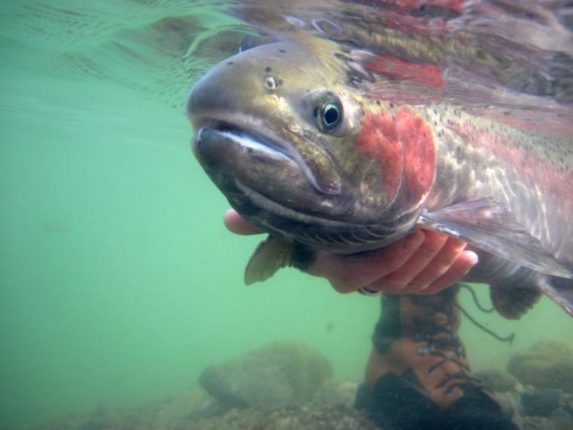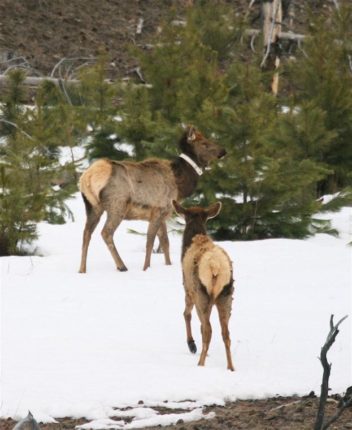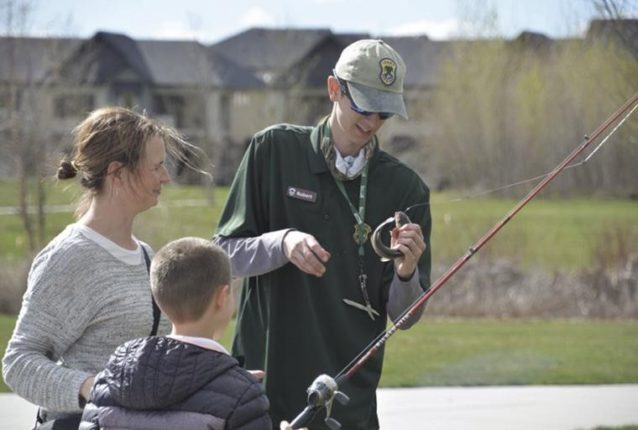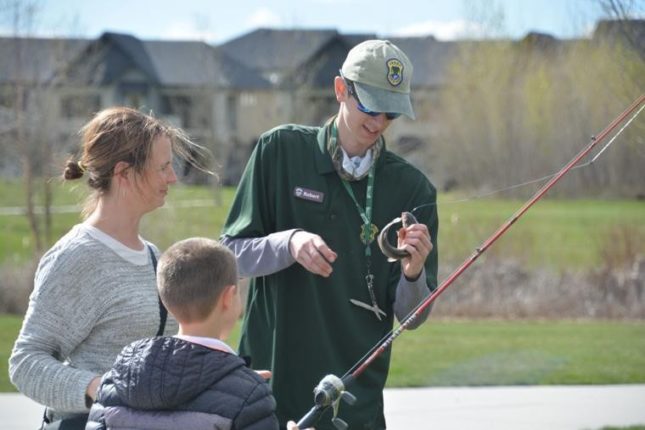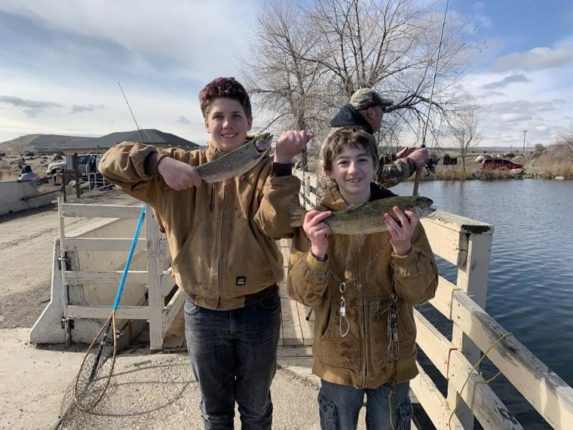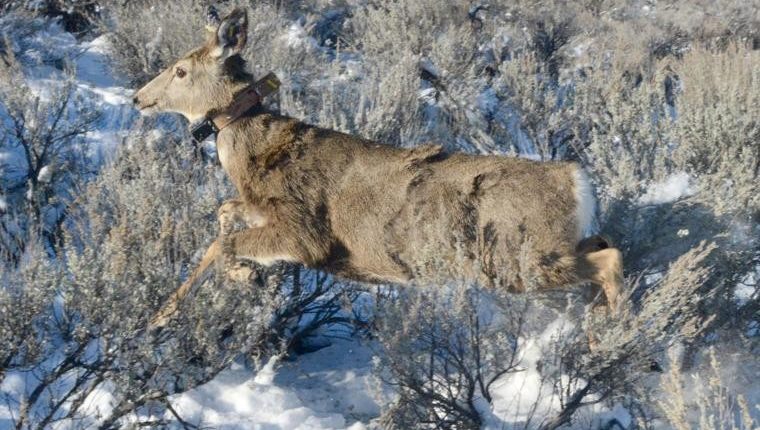Steelhead anglers are asked to watch for tagged steelhead they might catch during the 2019-20 steelhead fishing seasons and report tagged fish if they catch one.
Idaho Fish and Game has teamed up with the University of Idaho on a new research program to study how often anglers catch wild steelhead and how well those fish survive after being released. In Idaho, steelhead anglers must release any steelhead with an intact adipose fin, which identifies it as a wild fish.
Idaho fisheries managers want to better understand the effect of catch-and-release angling on wild steelhead populations. This new study will use information from tagged steelhead bound for Idaho to examine how many are caught during the season, how they survive after being released, and provide more detail on their migrations.
The steelhead will be tagged at Lower Granite Dam as they migrate upstream toward Idaho, and the study will focus on the Snake, Salmon and Clearwater rivers, but also include Snake River tributaries in Washington and Oregon.
After being tagged, steelhead will continue their upstream migration into Idaho where they can be caught, released and reported by anglers. Those fish can later be detected and identified by internal tag stations in spawning tributaries.
External tags will be orange plastic tubing located near the dorsal fin. The external tag will be labeled with a unique number that identifies the fish, as well as information about how to report the tag to Idaho Fish and Game. Most fish that will be tagged will be wild fish, but some hatchery fish will also be tagged.
The internal tag will identify tagged fish that enter spawning tributaries, which will allow researchers to estimate how many caught-and-released wild steelhead survive to spawn.
“The study is dependent on anglers reporting where and when they catch tagged fish that are caught-and-released,” said William Lubenau, the University of Idaho graduate student spearheading the research program. “Each reported fish will be a valuable data point that furthers the understanding of the influence, or lack thereof, of catch-and-release angling on wild steelhead populations, which will be valuable information to better manage steelhead angling opportunities.”
Steelhead fishing in Idaho is important economically, culturally and recreationally. Steelhead seasons focus harvest on hatchery-origin fish, while at the same time, protecting wild fish.
